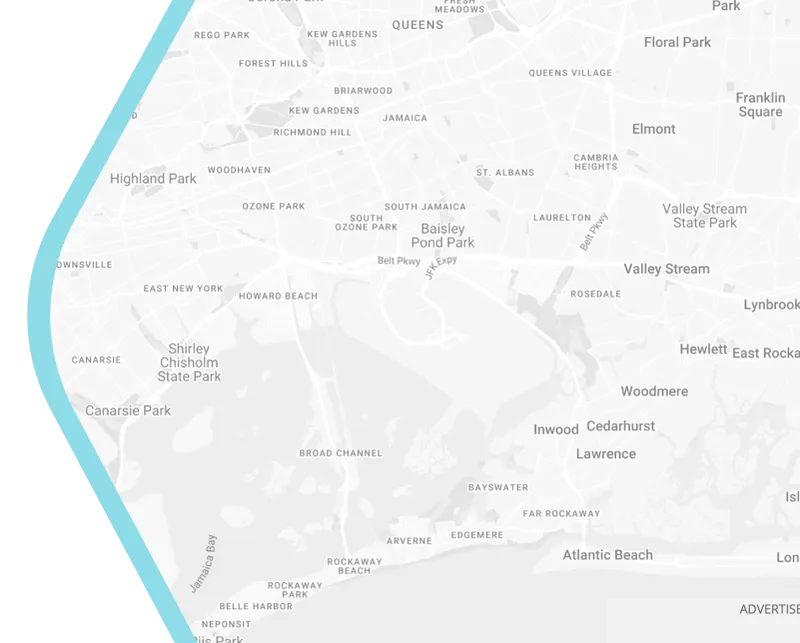
Beyond Traffic Jams: 15-Minute Cities as the Ultimate Smart City Solution
Picture this: You wake up in a neighborhood where your child’s school is a 5-minute walk away. Your favorite café, the gym, and your workplace are all within a 15-minute bike ride. Traffic jams are relics of the past, replaced by tree-lined streets buzzing with pedestrians and cyclists. This isn’t science fiction—it’s the vision of the 15-minute city, a radical reimagining of urban design that’s emerging as the ultimate smart city solution.
The 15-Minute City: A Cure for Urban Chaos
The concept, popularized by Paris Mayor Anne Hidalgo, flips traditional city planning on its head. Instead of forcing residents to commute for hours, it clusters essential services—housing, work, education, healthcare, and leisure—within a compact, walkable radius. In Australia, cities like Melbourne and Sydney are exploring this model to combat sprawl and congestion. By integrating mixed-use zoning, green mobility networks, and digital connectivity tools, 15-minute neighborhoods don’t just reduce traffic—they foster community, slash carbon emissions, and future-proof cities against climate shocks.
Four Pillars of the 15-Minute Smart City
- Hyper-Local Living
Melbourne’s "20-minute neighborhoods" initiative demonstrates how decentralizing amenities can transform urban life. By ensuring 90% of daily needs are met locally, cities cut car dependency by up to 40%, as seen in Barcelona’s "superblocks." - Tech-Enabled Mobility
Smart traffic lights that prioritize cyclists, real-time public transit apps, and e-scooter sharing systems form the backbone of hyper-connected neighborhoods. Adelaide’s IoT-powered bike lanes, which adjust lighting based on usage, exemplify this synergy. - Green Infrastructure as the New Urban Currency
Singapore’s "garden-in-a-car park" designs and Sydney’s Green Grid project prove that green spaces aren’t luxuries—they’re critical infrastructure. Rooftop solar microgrids and urban forests cool cities while powering them sustainably. - Community-Centric Data
Barcelona’s "digital democracy" platforms let residents vote on park designs via apps. In Australia, Geelong’s smart city dashboard aggregates noise, air quality, and foot traffic data to shape inclusive policies.
Australia’s 15-Minute City Revolution
While Paris and Copenhagen dominate headlines, Australian cities are quietly pioneering their own models. Melbourne’s Fishermans Bend redevelopment—a AU$20 billion project—aims to house 80,000 residents in a car-free, 15-minute zone with AI-managed energy grids. Brisbane’s “suburban renewal corridors” repurpose underused malls into mixed-use hubs with co-working spaces and vertical farms.
Yet challenges persist. Critics argue that without affordable housing mandates, these neighborhoods risk becoming enclaves for the wealthy. Others warn of a “digital divide” where low-income residents lack access to smart tools. The solution? Pair tech innovation with policies like inclusionary zoning and free public Wi-Fi—approaches being tested in Perth’s Smart Cities Strategy.
The Road Ahead: From Vision to Reality
The 15-minute city isn’t a utopian fantasy—it’s an urgent response to climate change, inequity, and urban decay. For Australian planners, the path forward lies in:
- Prioritizing retrofitting over greenfield projects to preserve cultural heritage.
- Leveraging 5G and edge computing to manage decentralized energy and transit systems.
- Adopting participatory design to ensure tech serves people, not corporations.
As Adelaide’s Lord Mayor Jane Lomax-Smith notes, “The smartest cities aren’t those with the most sensors—they’re those where every resident can thrive within a short walk from home.”
A Call to Reimagine Urban Life
The 15-minute city isn’t just about saving time—it’s about reclaiming our streets, our health, and our communities. For Australia, this model offers a roadmap to turn smart city solutions from buzzwords into lived realities. The question isn’t if we’ll adopt it, but how quickly we can adapt.
